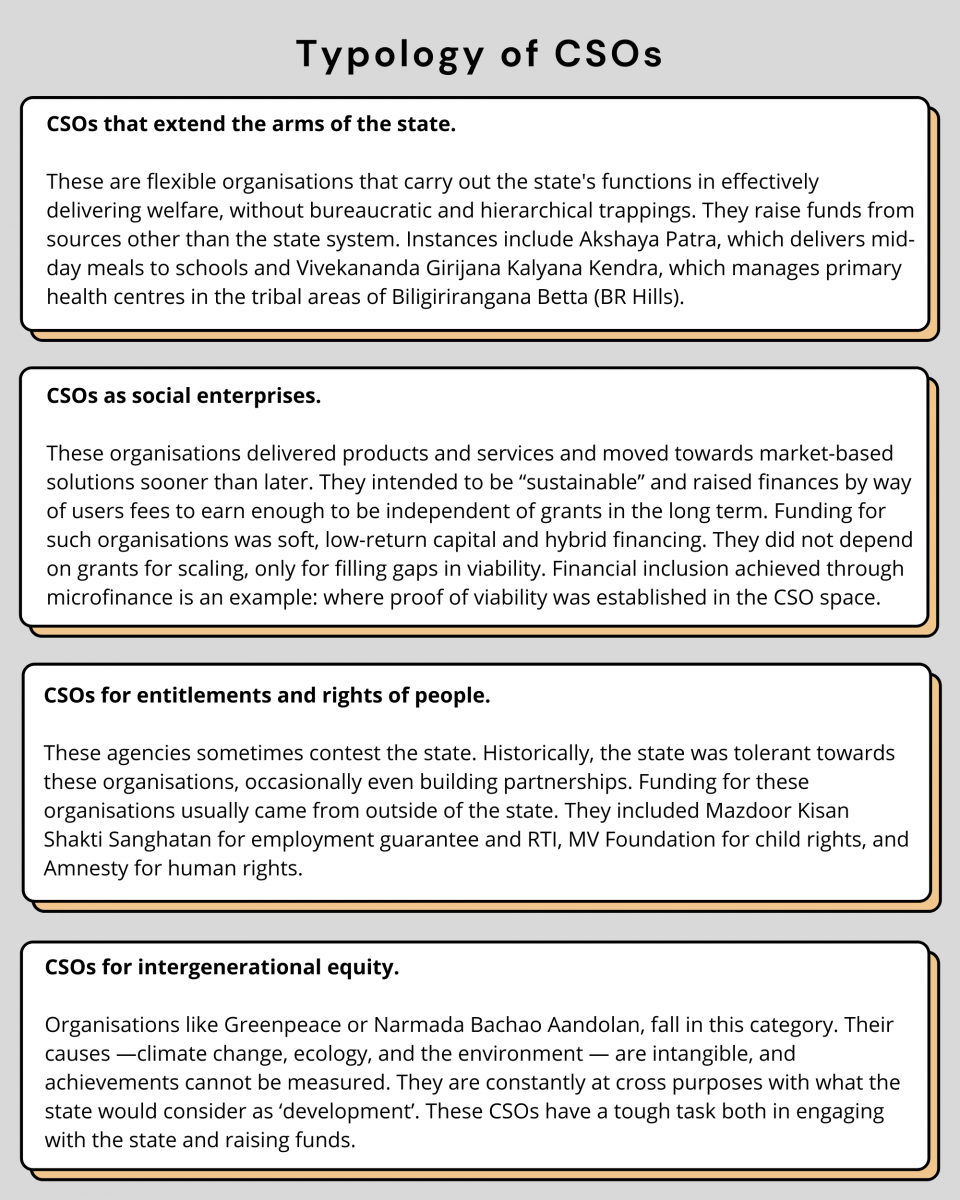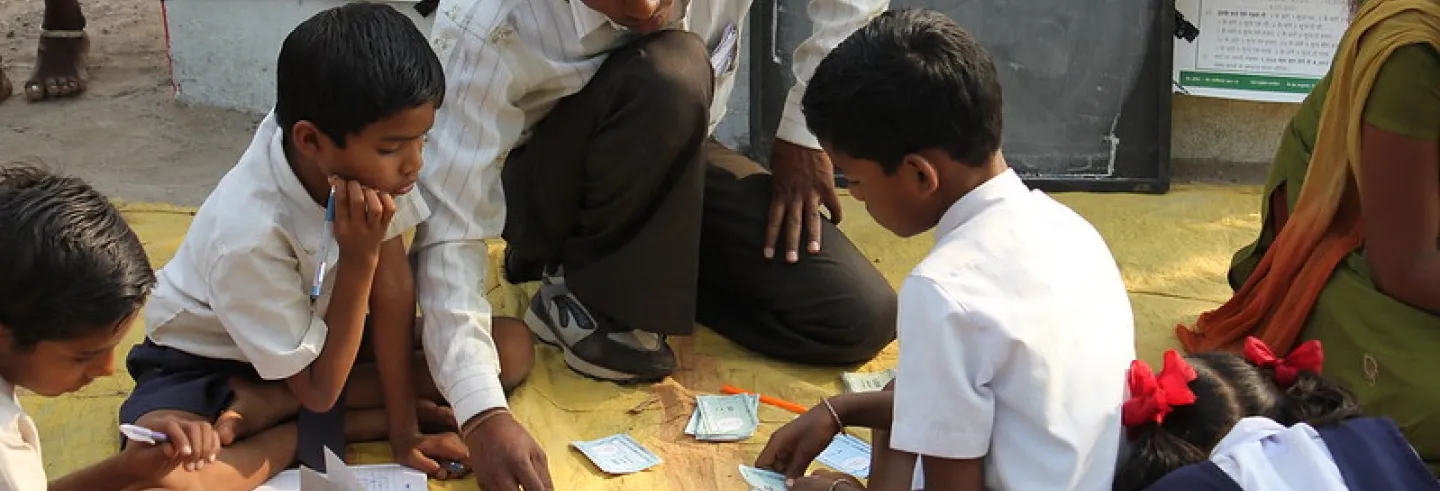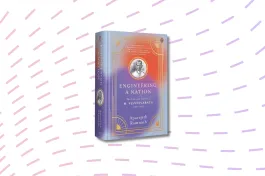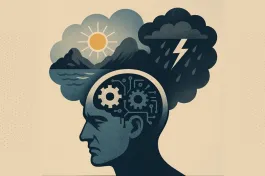There has been unprecedented scrutiny of international funding of Civil Society Organisations (CSOs) in India, most recently demonstrated by the withdrawal of permissions for several iconic organisations to raise foreign donations. The tightening of the regulation on how the Corporate Social Responsibility (CSR) could be used, the more stringent application of income tax laws by widening the definition of what could be a commercial and taxable activity have made it not only unattractive to donors but also increasingly difficult for CSOs to raise resources. The setting up of Prime Minister Citizen Assistance and Relief in Emergency Situations (PM-CARES) Fund also preempts a significant amount of available philanthropic resources back to the state. Taken together, it has been increasingly difficult for CSOs to seek funding not only from foreign sources but also from domestic sources, with implications for welfare delivery.
The state-market continuum
In an ideal world, for-profit market-centric organisations would carry out activities with commercial logic in an active market. The state’s role would be restricted to regulation and activities in the realm of welfare and re-distribution.
However, there could be activities primarily in the realm of the state but with a play for markets and vice-versa. Essentials like food, clothing, shelter, education, medical facilities, and basic financial services should be in the realm of the state (Bhatt 2015). Still, there might be a market for some of these essentials. Since these activities operate in a continuum and sometimes remain undefined, there would be gaps. We would therefore see some unusual classifications that look counter-intuitive.
CSOs operated in a realm where the logic of reasonable horizons does not work.
The state might not see a particular activity as falling in the realm of welfare or might not have the machinery to provide for it. At the same time, the market may not see viability in a project. CSOs emerge in such niches. For instance, early education falls in the realm of the state. The ineffectiveness of the state to provide this service gives rise to organisations like Pratham or Teach for India.
There are multiple reasons for the state to be absent or ineffective.
First, the state's interest and capacity to promote non-commercial and non-viable activities might be far below what is desirable. There is a National School of Drama in Delhi, but theatre enthusiasts might feel that more theatre schools are essential. So, an organisation like Nilakanteswara Natyaseva Sangha (Ninasam) in Heggodu, Karnataka, emerges. Similarly, a space for the performing arts may not be viable, given commercial real estate costs. Performing plays for a compact audience would require institutions in the CSO space like Prithvi Theatre in Mumbai or Rangashankara Bengaluru. While these institutions generate income from ticket sales, such revenue is insufficient to defray all costs. The activities of organisations such as these fall in the broad realm of the state, but the CSOs may deliver on the objectives better because of autonomy and nimbleness.
Second, the state may not engage in a niche activity that is specialised and affects only a minuscule population. It may not make political sense for a democratic government to engage with such activities as against other competing causes that affect broader populations. For instance, it did not make sense for the state to commit a significant portion of its limited resources to provide effective mobility for people who had lost their legs. This niche was filled by Bhagwan Mahaveer Vikalang Sahayata Samiti (BMVSS), with the Jaipur Foot. The service was free, and it allowed the recipient to lead a near-'normal' life. The BMVSS’s intervention in the area, properly of the state, ensured that a critical welfare initiative was not ignored.
Third, CSOs demonstrate a way of addressing issues in activities where markets have failed. This was the case in microfinance, where CSOs, supported by grant funds, first established viability and proof of concept. Only when profitability was proved did markets take over.
Fourth, sometimes only a CSO's irrational belief in a cause can take forward activities related to intergenerational equity, such as environmental causes. Where the benefits of interventions fall in the realm of intangibility, and it is difficult to measure or attribute causation, long horizons are a difficult leap of political faith. It is also unlikely that such causes, with horizons beyond the finite range of a lifetime, would yield themselves to a market framework. In such cases, funding came from the faith reposed on the ability of a particular agency to work in the best interests of the planet.
The CSOs operated in a realm where the logic of reasonable horizons does not work. They lay in the middle of the state-market continuum, moving towards markets if there was a commercial imperative and towards the state, if it was welfarist.
Funding CSOs
The nature of funding available for CSOs in India was intertwined with the perception of how “developed” we were as a country. If we were seen as a backward or a developing nation, then it was okay to seek aid – both at the level of the Sovereign and on individual initiatives.
Post-independence, India received food aid from the United States of America. European funding for the dairy development programme lasted from the 1960s to the 1990s. The Ford Foundation had a significant influence in establishing several institutions, including the Indian Institute of Management Ahmedabad. The funding came from specialised agencies affiliated with foreign governments, private philanthropic foundations, and church organisations that built educational institutions, hospitals, and other forms of social service.
Until the 1990s, India’s approach towards CSOs drew from a welfarist perspective rather than the market economy. The role of the CSOs was seen as 'constructive'; they acted as extended arms of the state to better deliver services. During this period, international aid was welcomed. Funds flowed to CSOs with minimal state intervention. With the shortage of foreign exchange, these flows added to our comfort. On the other hand, the flow of investments was tightly controlled.
With the collapse of the Soviet Union — and its socialist counterpoint for the Western market-based model — and the Indian economic crisis, both in the early 1990s, India moved towards liberalisation, privatisation and globalisation. Controls started being lifted, commercial capital started flowing, and India opened itself to international investments.
Until the 1990s, India’s approach towards CSOs drew from a welfarist perspective rather than the market economy.
The state's approach to international capital was moving in favour of markets. In contrast, towards the CSOs, the state moved from partnership to monitoring and control. Restrictions on international aid were imposed in a new Foreign Contributions (Regulation) Act (FCRA) of 2010, which replaced the relatively minimalist FCRA of 1976.
The new FCRA came in the wake of India’s declaration in 2005 that it sought limited international aid. In stating so, it was making an obvious statement: India was not dependent on international assistance to implement its developmental agenda.
However, the issue was not about India’s prosperity. Most agencies receiving foreign donations were small. (Of the 18,540 who got funds in 2005, 17,373 associations received a grant of less than Rs 10 million.) Such funding was vital for these CSOs catering to the disposed and working in critical areas where the reach of the state was not effective.

As the state began shrinking its partnership with CSOs, India’s new-generation philanthropists started entering the space. They brought along their belief systems and experience of setting up technology firms. In their minds, CSOs could start as bootstraps and would generate revenue if they standardised and scaled their operations. The dependence on donor money was to be only for a limited period with a roadmap for financial sustainability. This thought process took the CSOs away from a welfarist model and towards an enterprise model of intervention.
Complications in measuring the performance as per standards applied to business enterprises and not finding a satisfactory metric were conflated to imply weak accountability, inadequate management skills, and lax governance mechanisms at CSOs.
Increasingly, CSOs were subject to a market-like approach of accounting and compliance to line items rather than having the flexibility to adapt. Over time, new rules narrowed the areas where CSR funds could be deployed and the framework for monitoring deployment. There was little appreciation of the complexity of the work done by CSOs. The markets, driven as they were by profits, used the language of bookkeeping, audit trails and measurability with tight timelines. CSOs worked in the zone of uncertainties and needed flexibility to address their causes. The two approaches were at variance. Complications in measuring the performance as per standards applied to business enterprises and not finding a satisfactory metric for evaluation were conflated to imply weak accountability, inadequate management skills, and lax governance mechanisms at CSOs.
The increasing compliance requirements for CSR donations (escrow accounts to be maintained, impact analysis to be carried out, and the board's involvement in drawing up a CSR strategy) added to transaction costs. It was easier for a corporation to donate to the multiple relief funds operated by the sovereign – particularly PM-CARES Fund. It has been reported that international non-profit contributions declined by 30% in the past five years, driven by the changes in the FCRA (Bain and Co 2021). The expectation is that this trend will continue.
There was increasing pressure to keep administrative overheads low and focus on the 'cause', without appreciating that some causes like ecology and environment could be addressed significantly only through people and intellectual engagement.
The changing nature of funding has had several implications. CSOs would be taxed if they were involved in any commercial exchanges – even if they were creative interventions in the market to address distortions. The changing nature of funding also looked at a corpus as a blunt instrument of intervention, because it was increasingly believed that a corpus would bring in complacency and make the CSOs lazy. There was increasing pressure to keep administrative overheads low and focus on the cause, without appreciating that some causes like ecology and environment could be addressed significantly only through people and intellectual engagement. Finally, the new rules removed the flexibility of moving funds between line items. The rules also prohibited the recipients from making onward grants to smaller CSOs even if the latter had FCRA permissions and operated in a specialised niche. All of this shrunk the space for CSOs.
With the declining state partnership with CSOs, CSR donations being pre-empted by sovereign funds like PM CARES, and shrinking international donations, the hope for CSOs came from the retail donations and family foundations. In 2020, for instance, family philanthropy accounted for about 20% of the Rs 640 billion total funding to CSOs, while retail donations made up 28%. (Foreign funding contributed a quarter and 28% came from CSR.) (Bain and Co 2021).
But the Bain report indicated that the family foundations had biases. About three-quarters of the donations focussed on health and education. Geographical biases led to a focus on areas where the families resided. Larger donations were made to a few high-impact organisations, rather than numerous smaller donations to several small organisations in remote areas.
From the days when the state itself made grants to CSOs through the Council for Promotion and Advancement of Rural Technology (set up in 1986), it has traversed a long distance, with the government mandating mandatory CSR funding by corporates. As the world ideologically shifts towards the markets, CSOs have been subjected to systems and metrics that came from that world: deliverables, sustainability, self-sufficiency, measurability, reporting on short horizons, and common standards. A market paradigm has taken out the nuance from their work.
CSOs exist because of the failure of markets or the state. This idea was lost when a situation was seen as a potentially feasible commercial problem. The state’s withdrawal from partnerships with CSOs and its move towards market-based institutions and high net-worth individuals has privatised its welfare and redistribution functions. This has resulted in distortions because of donor biases. Organisations working on rights and intergenerational equity find it difficult to get funding. Innovation and action are happening nearer to the markets: be it the launch of Social Business as a concept, the discourse on having a category of 'good' corporations like certified Benefit Corporations, or the government planning to set up a Social Stock Exchange.
The pre-emption of CSR donations to the state coupled with the reluctance of the state to work with CSOs would put these (CSR) funds into the accountability framework of the state. While this was good at one level – assuming a parliamentary system of accountability – it assumed that the state could fill in all the welfare and redistribution crevices. But, as we saw, the state was incapable of nuance and could not tolerate rights and intergenerational equity arguments. CSOs brought to the table a credible counterpoint to the tyranny of the state. That might be sacrificed as we move towards a two-vertical situation of the state and markets and as both crowd out CSOs into insignificance. This is for society at large to worry and be continuously engaged with.
This article is based on a talk given for the Manthan forum. I am thankful to Vikram Mamidipudi and C. Rammanohar Reddy. The views expressed are personal.










